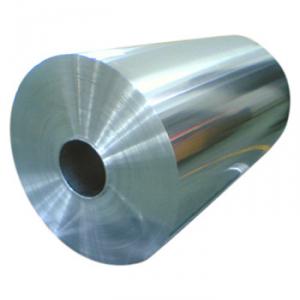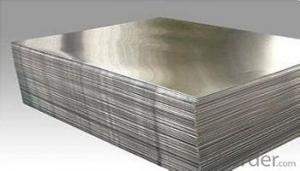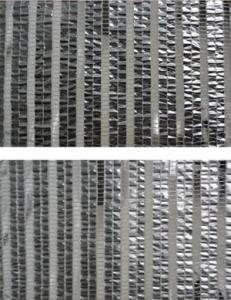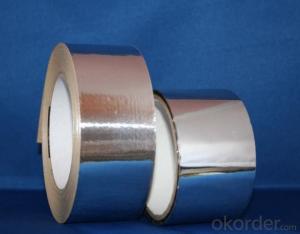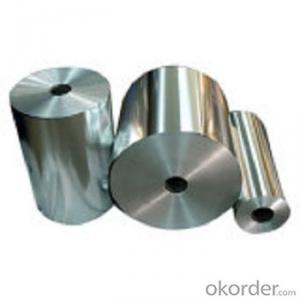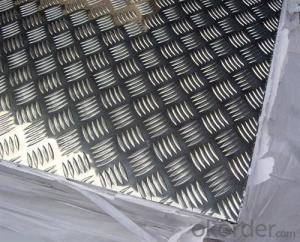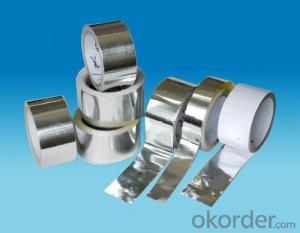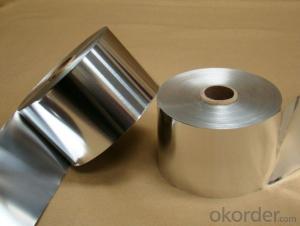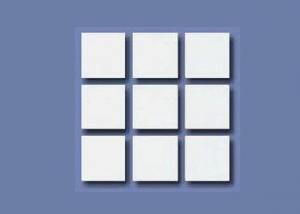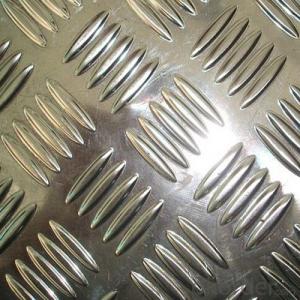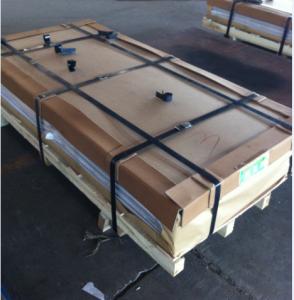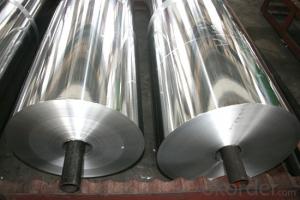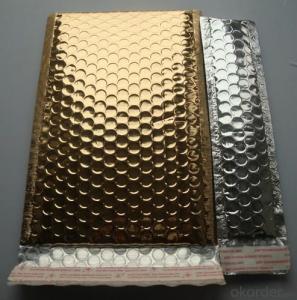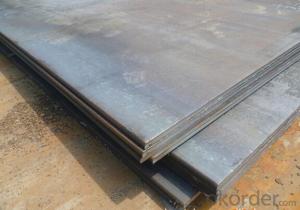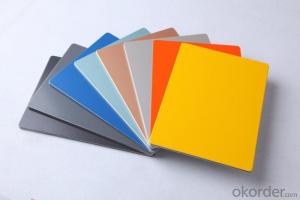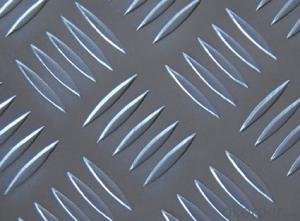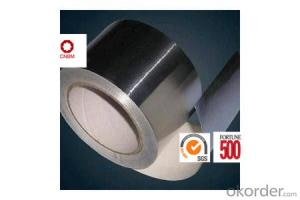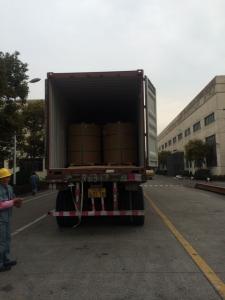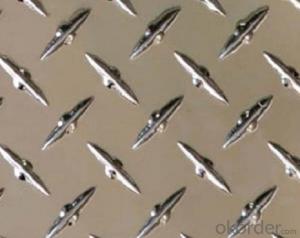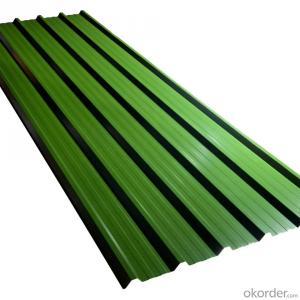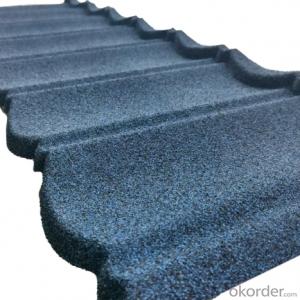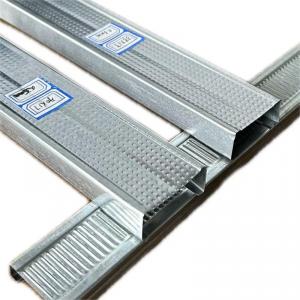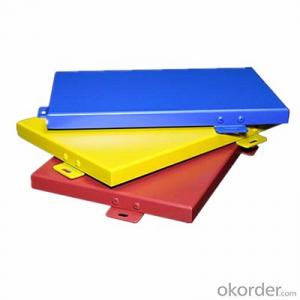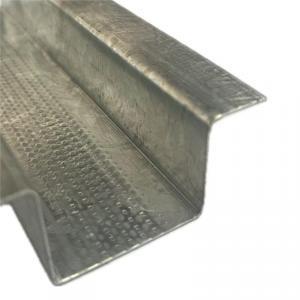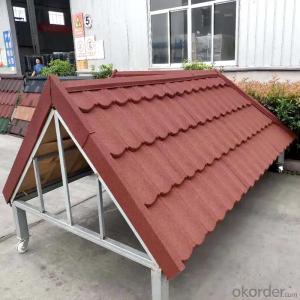An Aluminum Plate 25 Mm Thick
An Aluminum Plate 25 Mm Thick Related Searches
An Aluminum Plate Of 25mm Thick 25mm Aluminum Plate 25 Inch Aluminum Plate 25 Aluminum Plate A 10 Cm Thick Aluminum Plate Aluminum Plate 1/2 Inch Thick Thickness Of Aluminum Plate Aluminum Plate 1 Inch Thick Aluminum Plate 1/2 Thick 25 Aluminum Diamond Plate 1 Inch Thick Aluminum Plate 1/2 Inch Thick Aluminum Plate Aluminum Plate 1 2 Inch Thick 1 2 Thick Aluminum Plate 250 Aluminum Plate 2 Inch Thick Aluminum Plate 1/2 Thick Aluminum Plate 5mm Thick Aluminum Plate Aluminum Plate Thicknesses 1 Thick Aluminum Plate Aluminum Plate 1/4 Inch Thick 2 Thick Aluminum Plate 1 4 Inch Thick Aluminum Plate Aluminum Plate 1/4 Thick 1 8 Inch Thick Aluminum Plate Aluminum Plate Thickness Chart 1 2 Aluminum Plate 1/4 Inch Thick Aluminum Plate 20mm Aluminum Plate 1 4 Thick Aluminum PlateAn Aluminum Plate 25 Mm Thick Supplier & Manufacturer from China
An Aluminum Plate 25 Mm Thick is a type of metal product that is widely used in various industries due to its durability, corrosion resistance, and lightweight properties. This specific thickness of aluminum plate is ideal for applications that require a balance between strength and flexibility, such as in construction, aerospace, automotive, and marine industries. The 25 mm thickness provides a robust structure while still maintaining the benefits of aluminum's low weight, making it a popular choice for many engineering projects.In terms of usage scenarios, an Aluminum Plate 25 Mm Thick can be found in a multitude of applications, from structural components in buildings and bridges to critical parts in aircraft and vehicles. Its ability to withstand harsh environments and resist corrosion makes it a go-to material for marine applications, such as hulls and deck structures. Additionally, its non-magnetic properties make it suitable for use in electrical and electronic enclosures, where interference with magnetic fields must be minimized.
Okorder.com is a reputable wholesale supplier of an Aluminum Plate 25 Mm Thick, offering a vast inventory to cater to the needs of various industries. With a commitment to quality and customer satisfaction, Okorder.com ensures that each aluminum plate meets the highest standards of performance and reliability. By maintaining a large inventory, Okorder.com is able to provide quick turnaround times and competitive pricing, making it a preferred choice for businesses looking to source this specific thickness of aluminum plate for their projects.
Hot Products

